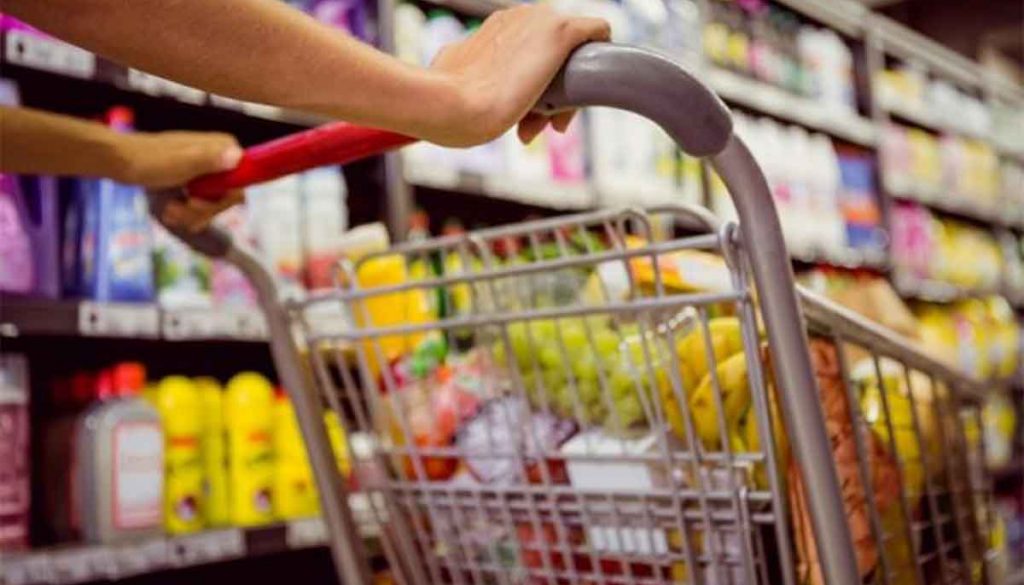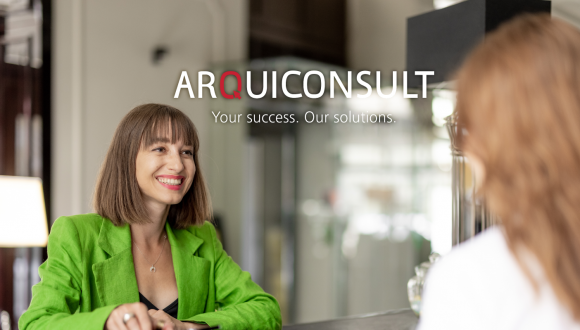HOW TO MAKE YOUR STORE MORE DIGITAL TO ATTRACT MORE CUSTOMERS
While online shopping represents only less than 10% of total retail spending, e-commerce is growing rapidly, and there is no sign that it will stop. The National Retail Federation predicts that over the course of the next year, online shopping will grow three times faster than the overall retail industry. It’s not just a question of sales: online shopping has already managed to change customer expectations.
While online shopping represents only less than 10% of total retail spending, e-commerce is growing rapidly, and there is no sign that it will stop. The National Retail Federation predicts that over the course of the next year, online shopping will grow three times faster than the general retail industry. It’s not just a question of sales: online shopping is now managed to change customer expectations. People have become used to customizing their online shopping quickly and conveniently, and they don’t expect anything less from brick-and-mortar retailers. However, few physical stores are able to meet these high expectations, and offer an experience that is similar to that which you can have in e-commerce.
A report by Capgemini – Institute for Digital Transformation shows that 1/3 of consumers prefer to stay at home washing dishes than visiting a physical store.
What can retailers do to attract consumers to their physical stores?
The answer is simple: become more like e-commerce. In practice, this means using technology to transform the store, with the goal of making the store experience faster, more convenient and more personalized for consumers.
speed
In large stores, finding the item you’re looking for, with the right model and the right color can be a slow and frustrating process. The experience only gets worse when it’s time to pay, as there is often a long queue and few registers open.
However, the in-store shopping experience doesn’t have to be this way. Retailers can choose from a wide range of technologies designed to make the shopping experience faster and ultimately more enjoyable for consumers. These include Mobile Point of Sale devices that tell store employees where to locate products in the store and how many units are left in stock. POS Mobile also accepts payments, enabling you to offer a checkout wherever you are in the store – giving you great flexibility, with the bonus of shortening checkout lines.
If off-site items harm your store, making it difficult for consumers to find what they are looking for, the solution may lie in RFID (radio frequency identification) tags, which allow staff to locate each item through radio identification frequency on the tag. This is cutting-edge technology: in recent years, the retail share of the fashion industry, which uses RFID, has doubled, according to a questionnaire by consultant Kurt Salmon.
Convenience
Let’s face it: when it comes to convenience, nothing beats online shopping via mobile. You can do it whenever you want, wherever you are – on your commute to work, at night before bed, while you’re stuck in line for the post office. While brick-and-mortar stores cannot compete with this level of comfort, there are tools that retailers can implement in-store to make shopping more immediate.
If you manage an omni channel retail operation, “click & collect” (buy online and collect at the store) is a mandatory feature for three reasons:
- It’s a relatively inexpensive but effective way to redirect consumers to your store.
- It is popular with consumers. Click & Collect works well for people with more complex working hours, who can choose and pick up their order whenever they want.
- It’s good for business: according to a 2016 survey of 2,000 consumers, 65% of those who buy online and collect in-store end up buying other items while picking up their order in-store.
customization
Today, consumers are used to receiving personalized recommendations when shopping online. If you buy a new camera from Amazon, the website will automatically show extra products you might find interesting – perhaps a backpack, an extra battery pack, or a set of lenses. These product suggestions enhance the user experience, while also helping consumers ensure they have everything they need.
Until now, brick-and-mortar stores have had to rely on their sales assistant for this role. Employees have been using their extensive knowledge of store inventory and field experience to help consumers find items that complement their purchases. However, as employee turnover increases, product lifecycles shorten and stock expands to infinite aisles, it becomes more difficult to train sales assistants for this role.
The good news is that technology can help. Artificial Intelligence can be implemented in-store to generate customer recommendations at the POS. This type of system uses purchase history to make product recommendations relevant, which staff can then convert for the consumer in the form of a personal suggestion. And thanks to this machine learning, the system becomes exponentially more accurate over time – no matter how many items are in the store’s inventory. These are products like LS Recommend, which bring together the purchasing behavior of all retail channels and suggest recommendations on the e-commerce platform, mobile and fixed POS, bringing many benefits to retailers. First, they help to increase the size of the shopping basket; second, they ensure that consumers leave the store with everything they need; and finally, they help the sales team to interact with customers in a meaningful way.
The right technology at the right time
In order to deliver the kind of experience that modern consumers expect, brick-and-mortar stores need to change. Digitization may be necessary – but it also needs to be tackled strategically. While there are many tools available to improve the in-store experience, and many new ones appear every day, retailers shouldn’t rush to implement technology just for the sake of it.
Before implementing new technology and revolutionizing your store, ask yourself:
- Before implementing new technology and revolutionizing your store, ask yourself:
- What are my ROI goals with this technology?
- How does this fit into the customer’s journey?
- How will you help my collaborators?
- Will this technology improve the customer experience?
Technology is expensive; ensure that each system you implement is right for you, and that it brings you positive returns, whether in terms of traffic, shopping basket size or revenue. If you need help figuring out what type of technology best suits your business, don’t hesitate to contact our retail specialists.
Original text at LS Retail Blog.


